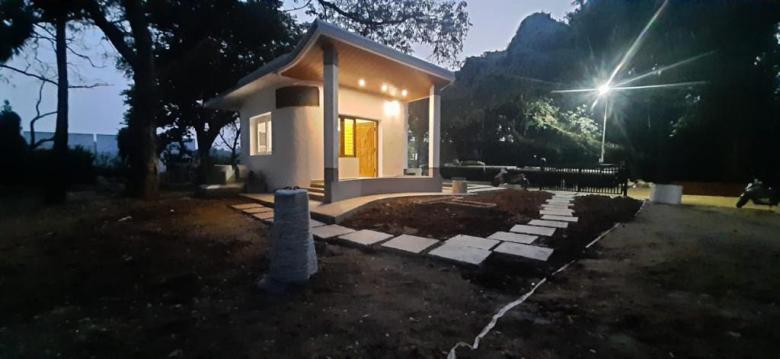In November 2020, Tvasta Manufacturing printed a 600-square-foot home in concrete over the course of 30 days. With improvements, the start-up hopes to cut that time down to about a week.

The build was made possible with investment from Habitat for Humanity’s ShelterTech. The ShelterTech accelerator — run by Habitat’s Terwilliger Center for Innovation in Shelter and its partners — identifies, nurtures and accelerates start-ups like Tvasta, helping to bring new ideas and technologies to improve low-income housing for families and communities in need of access to decent, affordable homes.
The concrete used in this 3D printing is specially formulated for faster drying times, allowing Tvasta to build these homes more quickly and efficiently than traditional construction, which can sometimes take three to five times longer for a similarly sized structure. Tvasta plans to ramp up operations through partnerships with materials and industrial companies, as well as by licensing their technology to affordable housing developers who they hope can take 3D printed homes to scale across the country. That could translate into many more sustainable, affordable homes in countries like India, where at least a third of urban residents live in informal settlements with inadequate shelter.
“3D printing isn’t a panacea, given land tenure, financing and other key elements that go into affordable housing,” says Patrick Kelley, vice president of Habitat’s Terwilliger Center. “But the technology holds great potential to lower construction costs, save water and reduce material waste by up to 65%.”
Currently, ShelterTech is also working to empower leaders and foster housing innovation in Mexico, Kenya, Southeast Asia and the Andean region of South America.